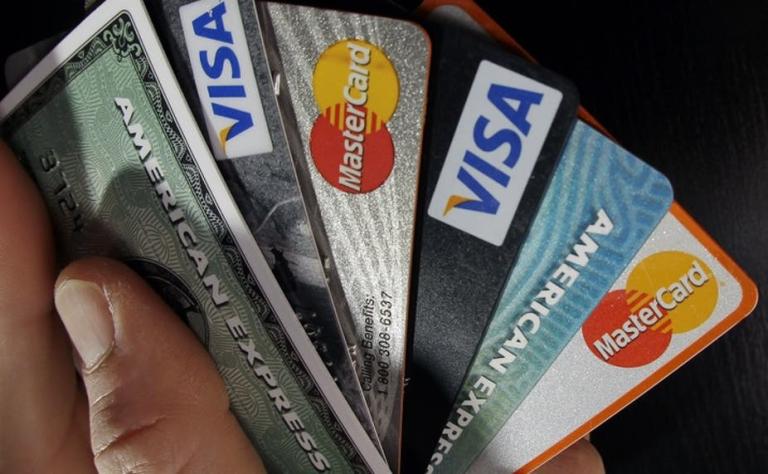Cash, Credit or Debit?

Banking
Key Questions: Where's the best place for your student to bank? Should your student keep a hometown account? Or get a bank account at school?
Before your student makes any decisions about where she will do her banking, take time to talk about how finances will be handled within the family. If you will be transferring funds periodically, let her know how and when that will be done.
The college or university may encourage students to use a bank, credit card, or debit card affiliated with the school. Those school-affiliated banks often will entice students with a free school sweatshirt or other incentives. Students might think they are required to have a campus-area bank. That is not a requirement.
Before your student opens a campus-based account, it’s important that you know what it will mean for you in transferring funds. As a family, you need to compare fees, fund transfer availability, and ATM access between the school’s preferred bank and other options.

Debit Cards
Bank debit cards have replaced cash and checks as the most common payment method for college students. In emergencies, it can be quickest and easiest for parents to transfer funds from their hometown bank account into their student's account at the same bank. With electronic banking, however, transferring funds has become increasingly efficient, and the location of the student's account is less critical.
Be sure that the card will not allow charges or withdrawals when the account does not have sufficient funds. Some cards allow overdrafts, which might mean an overdraft fee.
Not all banks or all accounts can be accessed nationwide or at the same cost. A debit card from home might incur extra fees at an ATM on campus; that campus card might be more costly to use off campus or away from the college town than in the student union.
A few statistics about debit cards from research by Sallie Mae (December 2015): 85% of college students have debit cards. Those who use their debit cards make an average of 18 purchases on their cards each month; 19 percent use their card daily.

Credit Cards
The primary reason for a credit card during college should be to manage emergencies. Parents should make clear what they regard as an emergency—and preferably that should not mean, “I didn’t have enough cash to go out with my friends last weekend.” When a student is facing what they think is an emergency, they should ask themselves a few questions:
- Is there some way, other than putting the debt on my credit card, to handle this?
- Where will I get the money to pay this at the end of the month?
- If I can’t pay the debt within a month, am I prepared to make payments over time?
- If I have to ask my parents to help pay this off, are they going to understand?
Federal legislation that went into effect in 2010 put restrictions on credit cards for college-aged students. Credit card issuers are now banned from issuing credit cards to anyone under 21, unless they have adult co-signers on the accounts or can show proof they have enough income to repay the card debt. Credit card companies must stay at least 1,000 feet from college campuses if they are offering free pizza or other gifts to entice students to apply for credit cards.
Nevertheless, college students still continue to receive solicitations, and the restrictions are proving simple to work around. Students can use their student loans as evidence of income to qualify for a card, and anyone over 21 is eligible to serve as a co-signer--not just parents.
Used carefully, credit cards are not a problem. The troubles mount, however, when students:
- don't fully understand the terms of their card
- sign up for multiple credit cards in order to get the purchase points or other incentives
- overspend their budget because the credit card allows them to buy now, even if they don't have the funds
- fail to pay their charges in full each month
- have a different interpretation than their parents of what constitutes "emergency" use of the card

Encouraging Smart Decisions
Different families choose very different methods for encouraging good practices related to debit and credit cards. Some parents put their student on an account in the parent's name, and the billing statements are mailed to the home address. Parents ask their student to clear purchases with them before using the debit or credit card; in an emergency, the student may use the card, but must notify the parent as soon as possible afterwards. Each month when the bill arrives, the parent and student will review the charges together.